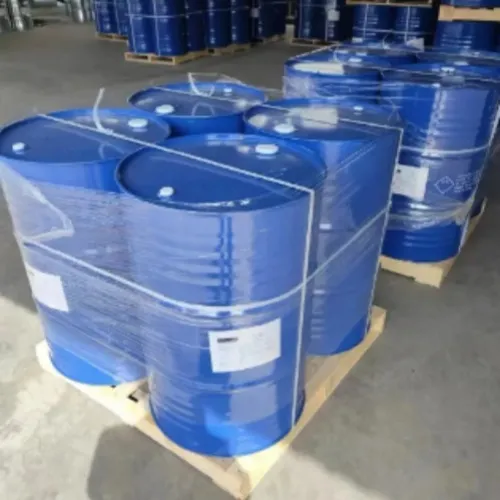Warning: Undefined array key "title" in /home/www/wwwroot/HTML/www.exportstart.com/wp-content/themes/1198/header.php on line 6
Warning: Undefined array key "file" in /home/www/wwwroot/HTML/www.exportstart.com/wp-content/themes/1198/header.php on line 7
Warning: Undefined array key "title" in /home/www/wwwroot/HTML/www.exportstart.com/wp-content/themes/1198/header.php on line 7
Warning: Undefined array key "title" in /home/www/wwwroot/HTML/www.exportstart.com/wp-content/themes/1198/header.php on line 7
- Afrikaans
- Albanian
- Amharic
- Arabic
- Armenian
- Azerbaijani
- Basque
- Belarusian
- Bengali
- Bosnian
- Bulgarian
- Catalan
- Cebuano
- China
- China (Taiwan)
- Corsican
- Croatian
- Czech
- Danish
- Dutch
- English
- Esperanto
- Estonian
- Finnish
- French
- Frisian
- Galician
- Georgian
- German
- Greek
- Gujarati
- Haitian Creole
- hausa
- hawaiian
- Hebrew
- Hindi
- Miao
- Hungarian
- Icelandic
- igbo
- Indonesian
- irish
- Italian
- Japanese
- Javanese
- Kannada
- kazakh
- Khmer
- Rwandese
- Korean
- Kurdish
- Kyrgyz
- Lao
- Latin
- Latvian
- Lithuanian
- Luxembourgish
- Macedonian
- Malgashi
- Malay
- Malayalam
- Maltese
- Maori
- Marathi
- Mongolian
- Myanmar
- Nepali
- Norwegian
- Norwegian
- Occitan
- Pashto
- Persian
- Polish
- Portuguese
- Punjabi
- Romanian
- Russian
- Samoan
- Scottish Gaelic
- Serbian
- Sesotho
- Shona
- Sindhi
- Sinhala
- Slovak
- Slovenian
- Somali
- Spanish
- Sundanese
- Swahili
- Swedish
- Tagalog
- Tajik
- Tamil
- Tatar
- Telugu
- Thai
- Turkish
- Turkmen
- Ukrainian
- Urdu
- Uighur
- Uzbek
- Vietnamese
- Welsh
- Bantu
- Yiddish
- Yoruba
- Zulu
srp . 31, 2024 04:00 Back to list
Exploring the Differences and Uses of Sucralose and Aspartame in Food and Beverages
The Sweet Debate Sucralose vs. Aspartame
In the world of artificial sweeteners, sucralose and aspartame have emerged as two of the most widely used options. As people become increasingly health-conscious and seek to reduce sugar intake without sacrificing sweetness, these low-calorie sweeteners have garnered significant attention. However, a deeper examination of their properties, safety, and uses reveals crucial differences that consumers should consider when choosing between sucralose and aspartame.
Sucralose, known by its brand name Splenda, was discovered in 1976 and is derived from sugar through a process that selectively replaces three hydrogen-oxygen groups on the sugar molecule with chlorine atoms. This alteration makes sucralose about 600 times sweeter than sucrose (table sugar) while being undigestible by the body, resulting in zero calories. Its stability at high temperatures makes it an excellent choice for baking and cooking, allowing it to maintain its sweetness even when subjected to heat.
The Sweet Debate Sucralose vs
. AspartameWhen it comes to safety, both sucralose and aspartame have undergone extensive testing and have been approved by numerous health organizations, including the U.S. Food and Drug Administration (FDA) and the European Food Safety Authority (EFSA). However, debates persist around their long-term health implications. Aspartame, in particular, has been accompanied by controversies owing to claims regarding its potential link to health issues. These concerns are largely focused on individuals with phenylketonuria (PKU), a rare genetic disorder that prevents proper metabolism of phenylalanine, one of its components. For most people, however, aspartame is considered safe in moderation.
sucralose e aspartame

Sucralose, while also deemed safe, has faced scrutiny around its potential impact on gut health. Some studies suggest that sucralose might alter gut microbiota, though research is still ongoing, and more conclusive evidence is required. Another concern is its widespread use in products labeled “sugar-free” or “diet,” leading consumers to potentially overindulge in these items, thinking they are healthier.
In terms of consumer preference, taste plays a crucial role in the acceptance of these sweeteners. Many find sucralose to have a more sugar-like flavor, while aspartame is often criticized for leaving a slight aftertaste. This has led to a division among consumers, with some preferring one over the other based on personal taste experiences.
Ultimately, the choice between sucralose and aspartame often comes down to individual health goals, taste preferences, and dietary restrictions. As the trend towards reducing sugar intake continues, understanding the benefits and potential drawbacks of these artificial sweeteners is essential. Moderation is key, and consumers should strive to maintain a balanced diet while making informed decisions about the use of sweeteners.
In conclusion, both sucralose and aspartame offer unique advantages as low-calorie alternatives to sugar. As research evolves, it remains crucial for consumers to stay informed and choose the option that best aligns with their health needs and taste preferences. Whether for weight management, diabetes control, or reducing sugar intake, understanding the sweet debate between sucralose and aspartame ultimately empowers consumers in their nutrition choices.
Latest news
-
Certifications for Vegetarian and Xanthan Gum Vegetarian
NewsJun.17,2025
-
Sustainability Trends Reshaping the SLES N70 Market
NewsJun.17,2025
-
Propylene Glycol Use in Vaccines: Balancing Function and Perception
NewsJun.17,2025
-
Petroleum Jelly in Skincare: Balancing Benefits and Backlash
NewsJun.17,2025
-
Energy Price Volatility and Ripple Effect on Caprolactam Markets
NewsJun.17,2025
-
Spectroscopic Techniques for Adipic Acid Molecular Weight
NewsJun.17,2025

